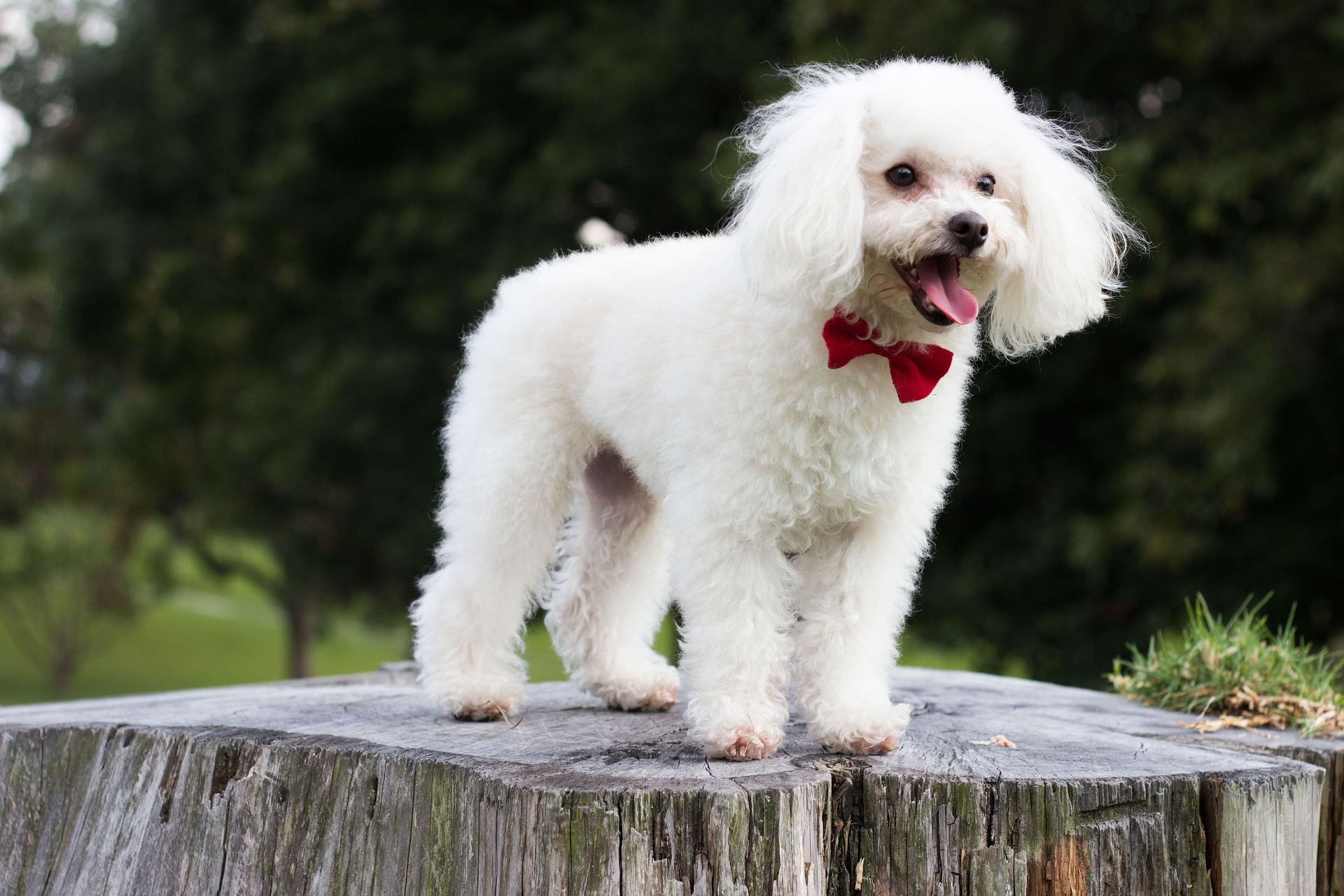Fun Facts About the Poodle’s Amazing Hearing Abilities
Introduction
Poodles, renowned for their intelligence and elegance, possess exceptional hearing abilities that contribute to their versatility as companions, working dogs, and show dogs. This essay delves into the complexities of the poodle’s hearing capabilities, examining relevant research, news articles, and credible sources to provide a comprehensive analysis.
Exceptional Hearing Range and Sensitivity
Poodles exhibit a remarkable hearing range, surpassing that of humans. Their ability to detect sounds ranging from 12 to 45,000 hertz (Hz) grants them an auditory advantage in various environments. Additionally, their hearing sensitivity is highly acute, allowing them to perceive sounds as faint as 5 decibels (dB). This exceptional hearing range and sensitivity enable poodles to detect subtle cues and sounds that often go unnoticed by humans.
Specialized Anatomy and Physiology
The poodle’s hearing prowess can be attributed to several specialized anatomical and physiological features. Their ear canals are shaped in an L-shape, providing greater sound localization accuracy. The eardrum, or tympanic membrane, is highly elastic and can vibrate at a wide range of frequencies. The ossicles, three small bones in the middle ear, amplify sound waves effectively, transmitting them to the inner ear.
Within the inner ear, the cochlea, a spiral-shaped organ, contains thousands of hair cells that convert sound vibrations into electrical signals. Poodles possess a high density of these hair cells, particularly in the regions responsible for high-frequency sounds, contributing to their exceptional hearing sensitivity.
Behavioral Adaptations and Trainability
The poodle’s hearing abilities have shaped their behavior and trainability. Their acute hearing makes them highly responsive to commands and cues, allowing for effective training and obedience. They are also known for their alertness and vigilance, as their ears can detect sounds from a far distance, alerting them to potential danger or changes in their environment.
Furthermore, poodles have developed selective hearing, a behavioral adaptation that enables them to focus on specific sounds while ignoring others. This ability is advantageous in noisy environments, where they can concentrate on their handler’s commands or other important cues.
Implications for Poodle Care and Well-being
The poodle’s exceptional hearing abilities have implications for their care and well-being. Loud noises can be overwhelming and even damaging to their sensitive ears. Owners should take precautions to protect their poodles from excessive noise exposure, such as using earplugs during loud events or avoiding noisy environments altogether.
Regular ear cleaning is also crucial to maintain ear health and prevent infections. Poodles’ floppy ears can trap moisture and debris, creating a favorable environment for bacteria and yeast growth. Thorough ear cleaning helps remove any accumulated buildup, reducing the risk of ear infections and discomfort.
Conclusion
The poodle’s hearing abilities are a testament to their exceptional sensory capabilities. Their wide hearing range, acute sensitivity, specialized anatomy, behavioral adaptations, and trainability make them highly attuned to their surroundings. Understanding and respecting the poodle’s hearing abilities is essential for providing optimal care and ensuring their well-being.
As research continues to explore the complexities of canine hearing, the poodle’s remarkable auditory capabilities will undoubtedly continue to fascinate and inspire. Their exceptional hearing abilities enhance their companionship, performance, and overall quality of life, making them truly remarkable companions.
Rottweilers And Their Unstoppable Loyalty: Fun Facts
Why Rottweilers Are So Good At Obedience Training
Understanding The Aegean Cat’s Love For Water



/white-poodle-playing-in-the-yard--182178740-59af2b3fc4124400107c9da3.jpg)